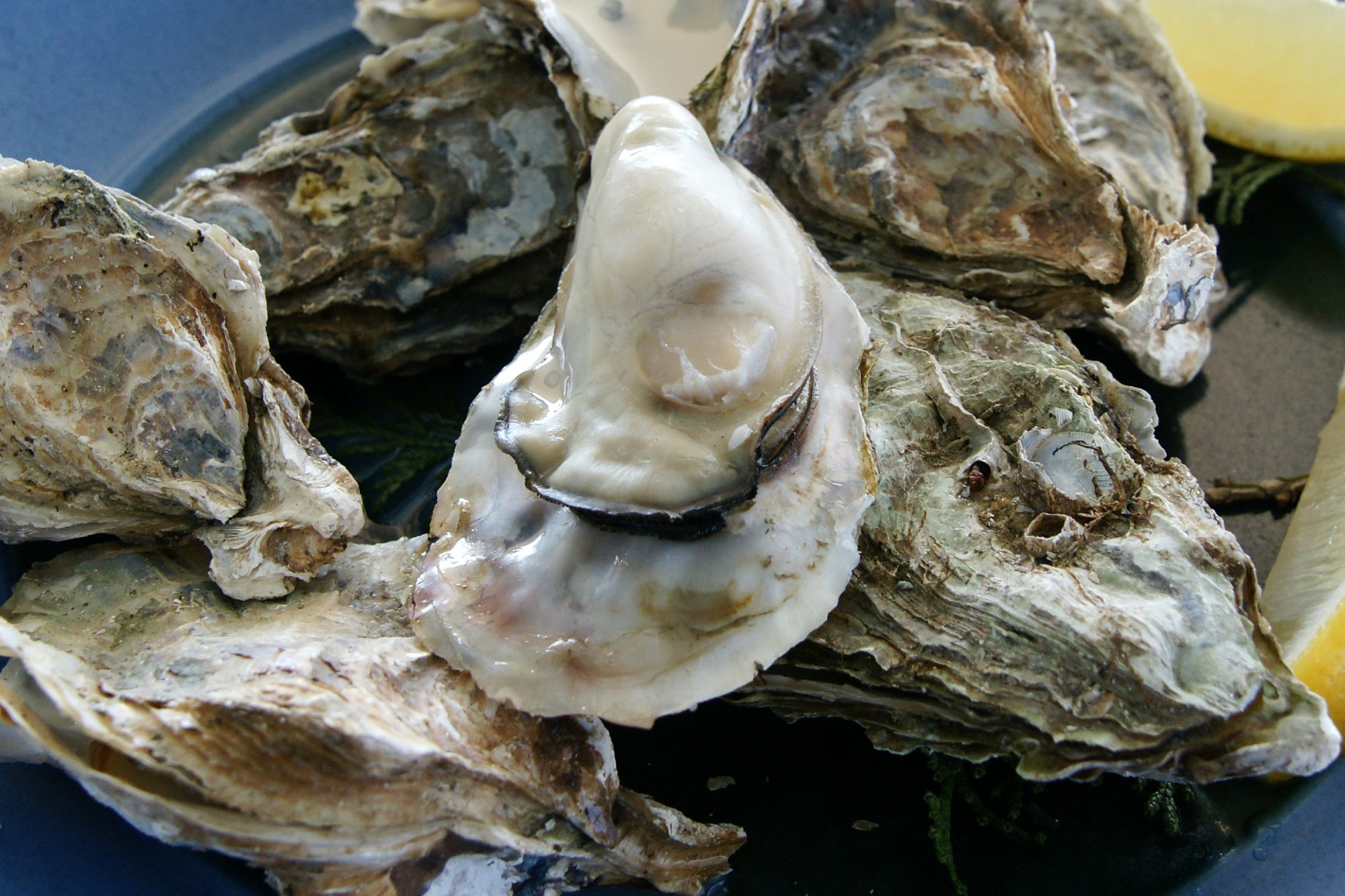I have been fairly lucky. I drink a lot of wine, and I have doing it since about 1980 (yes, I was legal). So the odds are that I would have come across dozens, or perhaps hundreds, of corked bottles. The industry assumes that about 3%-5% of all bottles have detectable TCA (2,4,6-Trichloroanisole) contamination. Through a combination of luck and a relatively insensitive palate, at least when it comes to TCA, I have had to discard just a few bottles. I usually will cook with bottles that are mildly corked, and many bottles have such a low concentration of TCA that only some people can detect — and be offended by — the chemical. It has been described as the smell of wet dog, soggy cardboard, or just plain musty. It is also suspected of subduing the flavors of wine, so even if you can’t taste it, it will change the drinking experience.
I opened a Dutton-Goldfield, 2004 Dutton Ranch, Russian River Valley Pinot Noir a few nights ago. I had high expectations for this wine, and when I first tasted it, it didn’t occur to me that it was corked. I was just really, really disappointed that a wine from a good winery and from an excellent vineyard would be so…crappy. Then I realized what had happened, and I immediately forgave Mr. Dutton and Mr. Goldfield their transgressions. The best news is that I e-mailed the wine store where I purchased this wine, and they promptly responded that they would be happy to replace the wine, or give me credit. They even offered to pick up the bottle. I was impressed.
